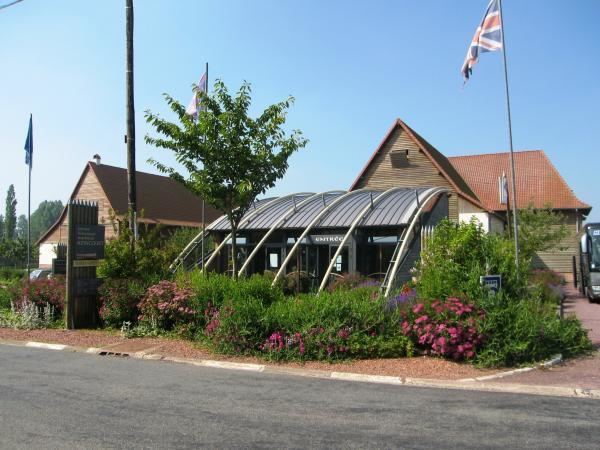Intercommunality 7 Vallées Comm Area 8.46 km² Population 273 (1999) | Canton Le Parcq Time zone CET (UTC+1) Local time Saturday 9:47 AM | |
 | ||
Weather 8°C, Wind SW at 8 km/h, 97% Humidity | ||
Azincourt ([azɛ̃kuʁ]; historically, Agincourt /ˈæʒɪnkʊr/ in English) is a commune in the Pas-de-Calais department in northern France.
Contents
Map of 62310 Azincourt, France
It is named after the Battle of Agincourt of 1415 which took place here.
Geography
Situated 12 miles (19 kilometres) north-west of Saint-Pol-sur-Ternoise on the D71 road between Hesdin and Fruges
Etymology
The toponym is attested as Aisincurt in 1175, derived from a Germanic masculine name Aizo, Aizino and the early Northern French word curt 'farm with a courtyard' (Late Latin cortem). It has no etymological connection in French with Agincourt, Meurthe-et-Moselle (attested as Egincourt 875), which is derived from another Germanic male name *Ingin-. The battle was named after the a nearby castle called Azincourt. The modern settlement has in turn been named after the battle in the 17th century.
History
Azincourt is famous as being near the site of the battle fought on 25 October 1415 in which the army led by King Henry V of England defeated the forces led by Charles d'Albret on behalf of Charles VI of France, which has gone down in English history as the Battle of Agincourt. According to M. Forrest, the French knights were so encumbered by their armour that they were exhausted even before the start of the battle.
Later on, when he became king in 1509, Henry VIII is supposed to have commissioned an English translation of a Life of Henry V so that he could emulate him, on the grounds that he thought that launching a campaign against France would help him to impose himself on the European stage. In 1513, Henry VIII conclusively crossed the English Channel and stopped at Azincourt.
The battle, as was the tradition, was named after a nearby castle called Azincourt. The castle has since disappeared and the settlement now known as Azincourt adopted the name in the seventeenth century. John Cassell wrote in 1857 that "the village of Azincourt itself is a group of dirty farmhouses and wretched cottages, but where the hottest of the battle raged, between that village and the commune of Tramecourt, there still remains a wood precisely corresponding with the one in which Henry placed his ambush; and there are yet existing the foundations of the castle of Azincourt, from which the king named the field."
Sights
The original battlefield museum in the village featured model knights made out of Action Man figures. However, this has now been replaced by the Centre Historique Medieval (CHM) a more professional museum, conference centre and exhibition space incorporating laser, video, slide shows, audio commentaries, and some interactive elements. The museum building is shaped like a longbow similar to those used at the battle by archers under King Henry.
Since 2004 a large medieval festival organised by the local community, the CHM, The Azincourt Alliance, and various other UK societies commemorating the battle, local history and medieval life, arts and crafts has been held in the village, on a July. Prior to this date the festival was held in October, but due to the inclement weather and local heavy clay soil (like the battle) making the festival difficult it was moved to July. No festival will be held in 2014, with a number of events planned for 2015 on the 600th anniversary of the original battle.
Twin towns/sister cities
Azincourt is twinned with:
